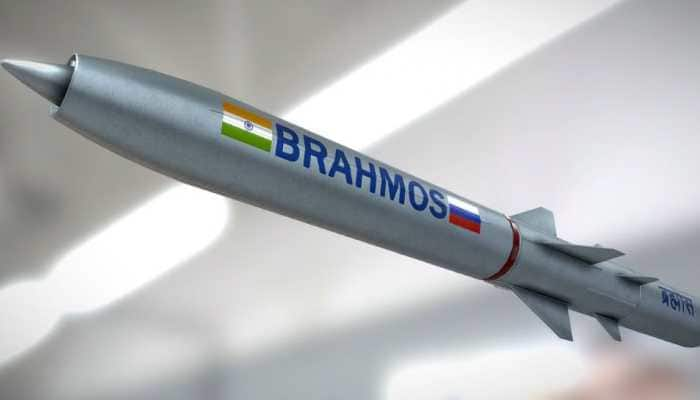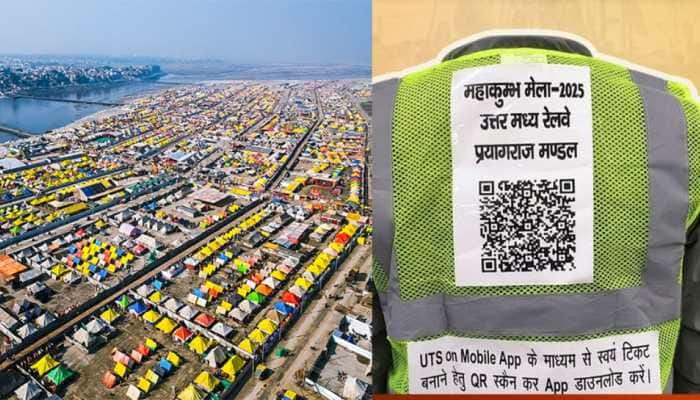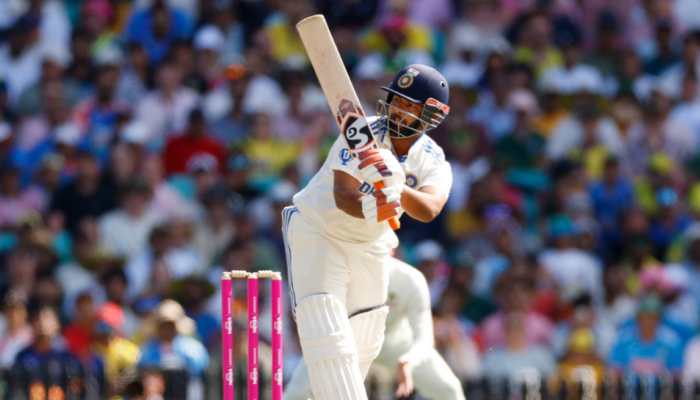Total solar eclipse on August 21: NASA recommends safety tips to witness celestial spectacle
Looking at the eclipse directly will damage your vision and that holds true for a partial eclipse as well.
Trending Photos
) Image courtesy: NASA
Image courtesy: NASA New Delhi: The solar eclipse that is about to occur on August 21, 2017 in 14 states across the continental United States has many people looking forward to the event.
This rare eclipse will be the first in 99 years, when the Earth will cross the shadow of the moon, creating a total solar eclipse.
During the eclipse, the moon will pass between the Sun and Earth, blocking the face of the sun and leaving only its outer atmosphere, or corona, visible in the sky.
NASA estimates that more than 300 million people will be able to view the most awaited celestial event.
However, NASA also emphasises the importance of safety measures for those who will be witness the event first-hand.
As per the US space agency, that Monday, a partial eclipse will be visible in every state.
Looking at the eclipse directly will damage your vision and that holds true for a partial eclipse as well.
However, you can view the eclipse only with special-purpose solar filters, such as eclipse glasses or a handheld solar viewer.
NASA recommends that people who plan to view the eclipse should check the safety authenticity of viewing glasses to ensure they meet basic proper safety viewing standards.
Besides that, they can also ensure that the eclipse viewing glasses and handheld solar viewers should meet all the following criteria:
- Have certification information with a designated ISO 12312-2 international standard
- Have the manufacturer’s name and address printed somewhere on the product
- Not be used if they are older than three years, or have scratched or wrinkled lenses
- Not use homemade filters
- Ordinary sunglasses – even very dark ones – should not be used as a replacement for eclipse viewing glasses or handheld solar viewers
If you want to avoid eclipse viewing glasses and handheld solar viewers for some reason or don't have either option, you can always go for an alternative method for safe viewing of the partially-eclipsed Sun, which is a pinhole projector.
With this method, sunlight streams through a small hole – such as a pencil hole in a piece of paper, or even the space between your fingers – onto a makeshift screen, such as a piece of paper or the ground. It’s important to only watch the screen, not the Sun. Never look at the Sun through the pinhole – it is not safe.
“While NASA isn’t trying to be the eclipse safety glasses ‘police,’ it’s our duty to inform the public about safe ways to view what should be a spectacular sky show for the entire continental United States,” said Alex Young, associate director for science in the Heliophysics Science Division at NASA's Goddard Space Flight Center in Greenbelt, Maryland. “It’s important that individuals take the responsibility to check they have the proper solar eclipse viewing glasses. With the eclipse a month away today, it’s prudent to practice ahead of time,” NASA reported.
Stay informed on all the latest news, real-time breaking news updates, and follow all the important headlines in india news and world News on Zee News.
Live Tv







)
)
)
)
)
)
)
)
)
)
